Sketchy Microbiology: Bacillus Anthracis and Bacillus Cereus
1/15
There's no tags or description
Looks like no tags are added yet.
Name | Mastery | Learn | Test | Matching | Spaced |
|---|
No study sessions yet.
16 Terms
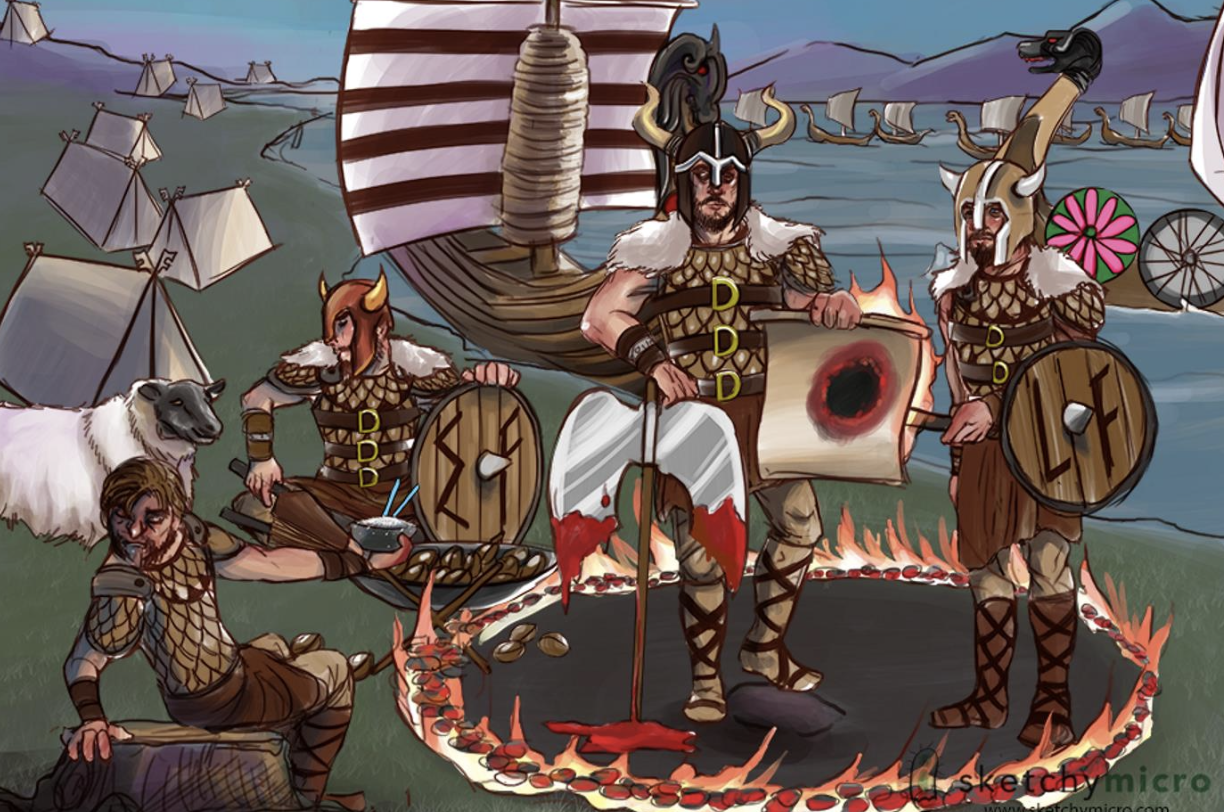
King Anthra’s Axe — Bacillus Anthracis and Bacillus Cereus

Viking ships lined up in the background — Large Gram Positive rods in chains
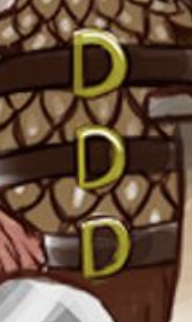
D Belt Buckles — Capsulated with Poly D Glutamate
(NOT polysaccharide)
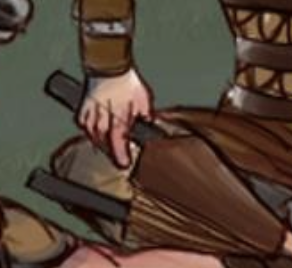
Air Bellow — Obligate Aerobe
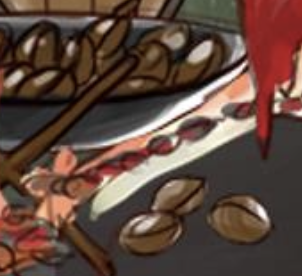
Walnuts – Bacillus Anthracis is a spore forming bacteria allowing them to survive in very harsh environments
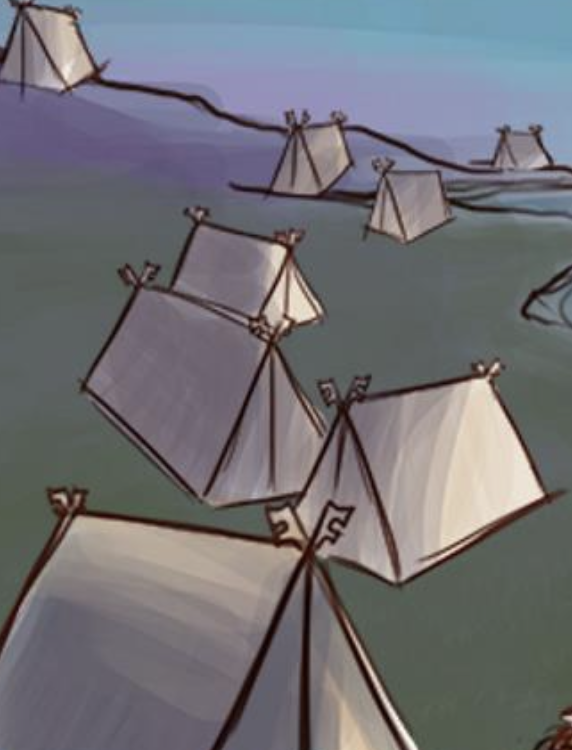
Viking Camp — EF Toxin increases cAMP intracellularly; this will cause fluid to go extracellular space → edema inhibiting host defenses and preventing phagocytosis
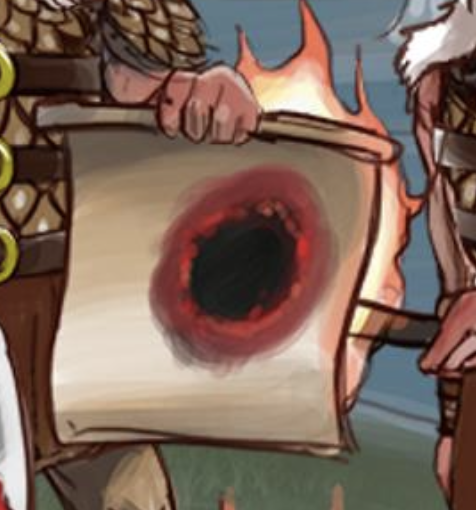
MAP being burned — LF (lethal Factor); exotoxin that acts as a protease and cleaves MAP Kinase, (signal transduction protein that is responsible for cell growth.)
This factor will lead to necrosis and black eschar
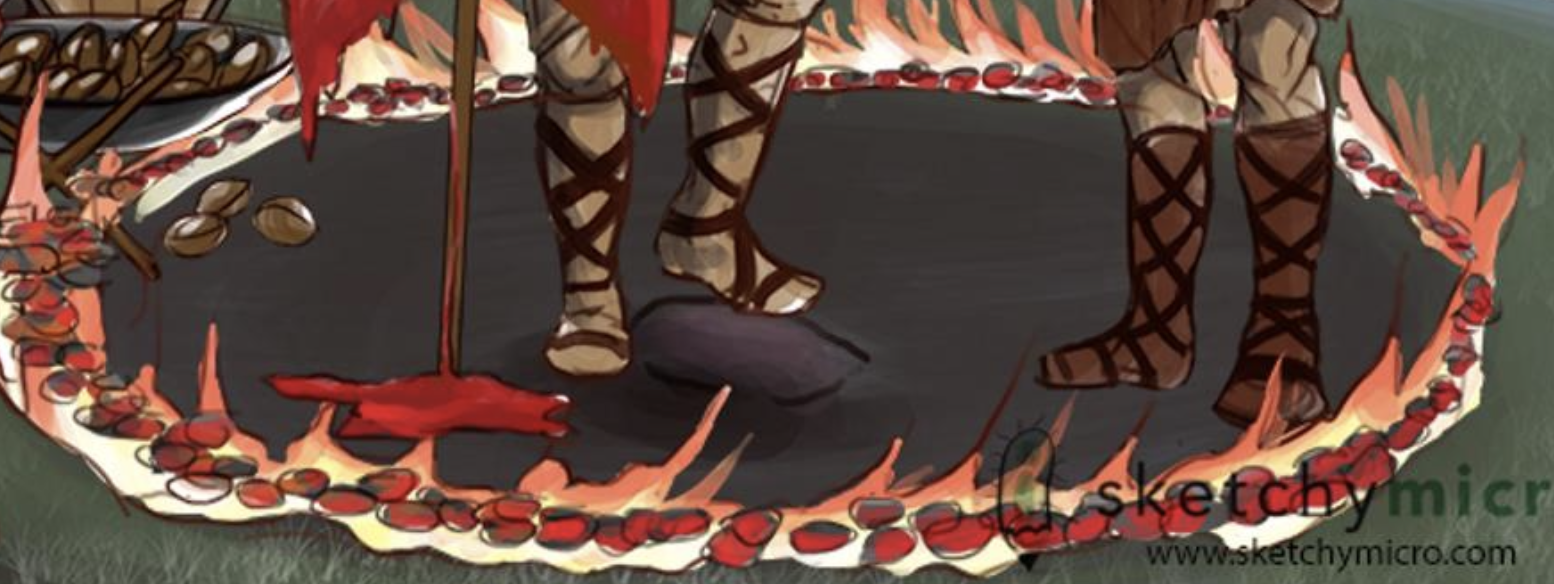
Vikings standing around red hot flames and black in the middle – Black Eschar with erythematous ring
What kinds of Anthracis are there?
Cutaneous = enters through skin lesion
Lung = “Wool Sorter’s Disease”
GI = contaminated food
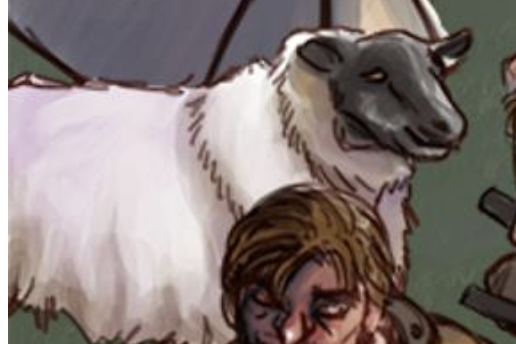
Sheep — “Pulmonary Anthrax” = “wool sorter’s disease”.
Spores can get into wool and hide of animals and persist there. People will inhale the spores when the animal is handled.

Axe dripping blood — represent pulmonary anthrax that can move to mediastinal lymph nodes progressing to hemorrhagic mediastianitis
What does it look like when cultured?
“Medusa Head”, non-haemolytic, non-motile
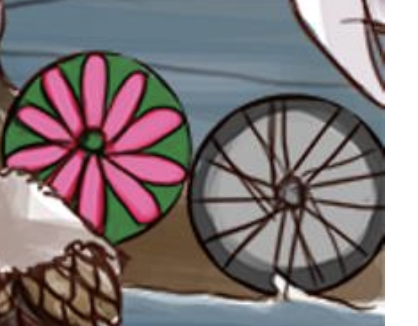
Flower and Bicycle wheel Sheilds – Treatment is fluoroquinolone or doxycycline
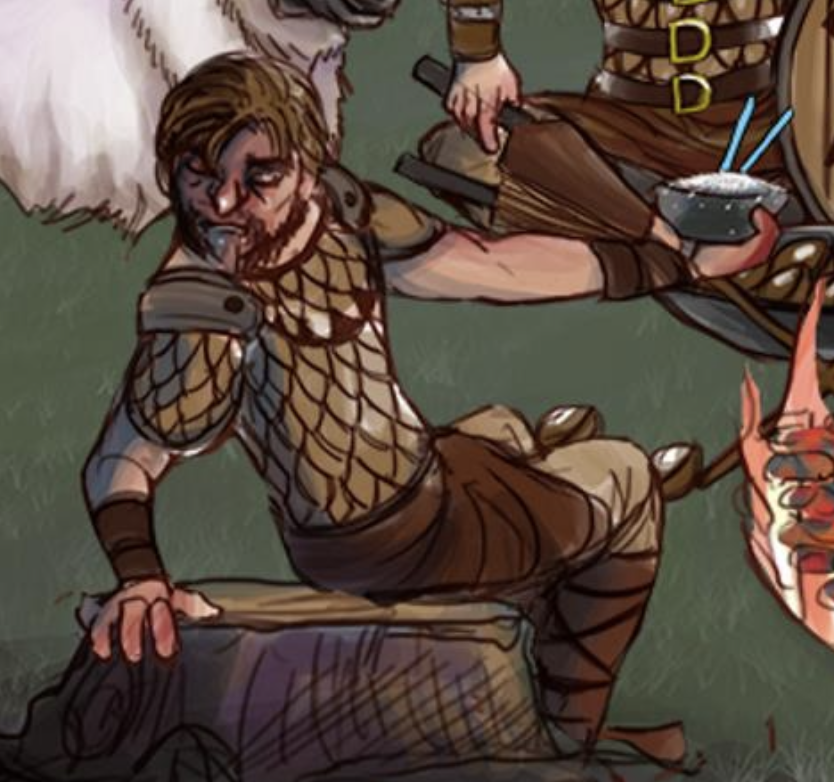
Vomiting Viking — Bacillus Cereus
(Aerobic and spore forming)
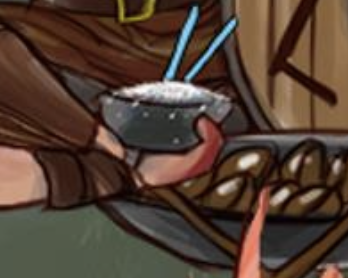
Viking reheating rice and vomiting — Associated with food poisoning; especially reheated fried rice
What does it look like when you culture it?
Large Haemolysis in blood agar